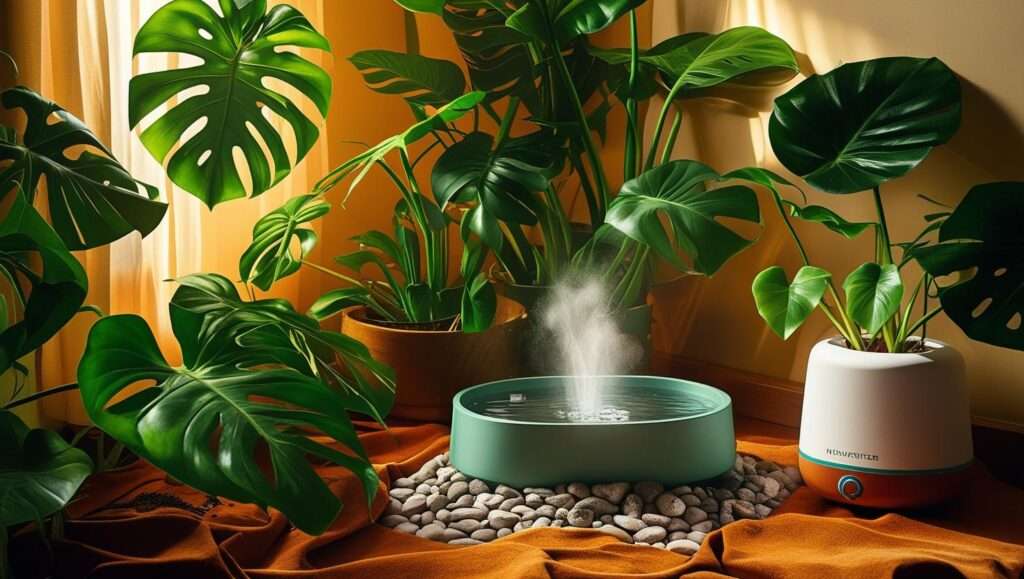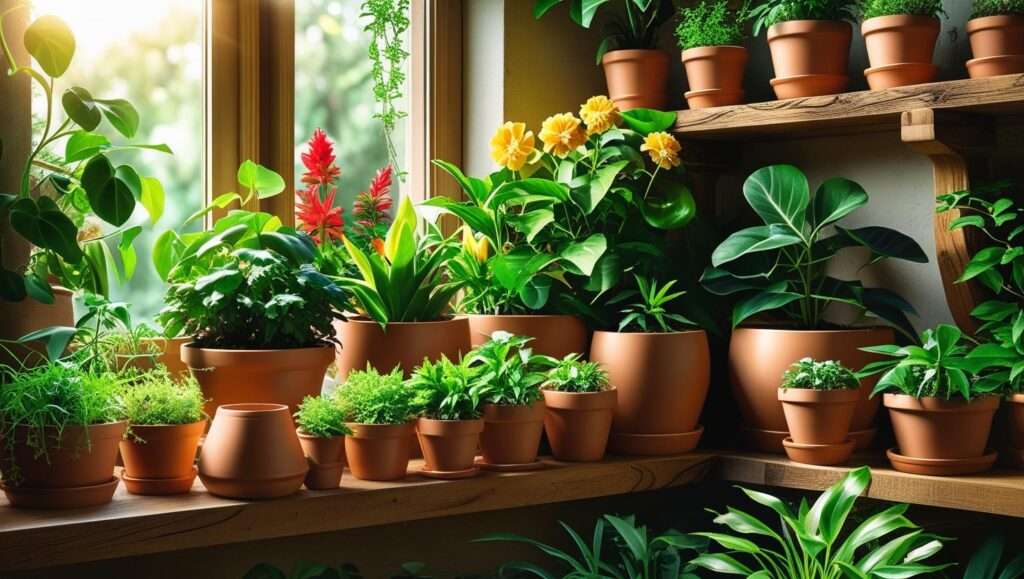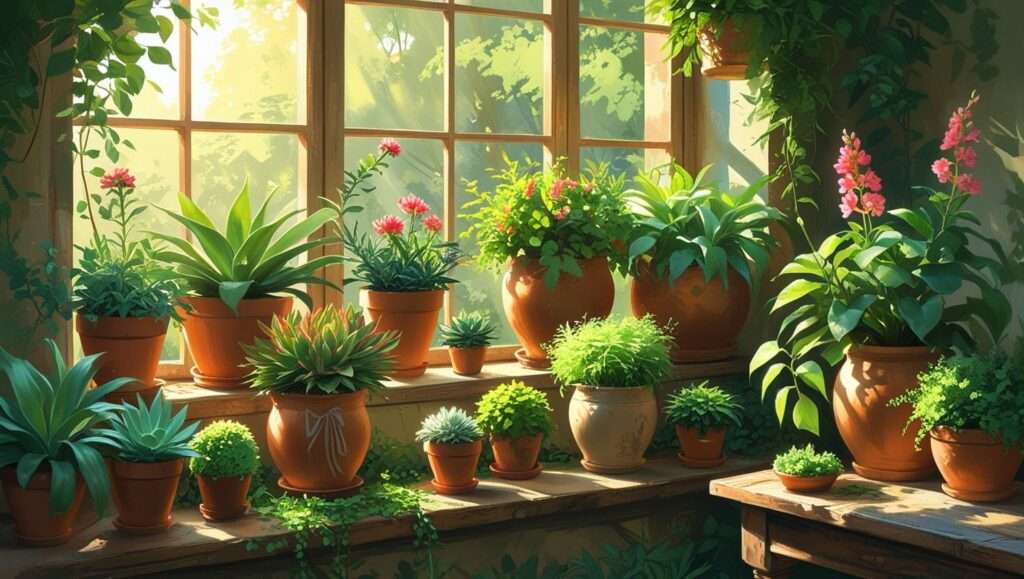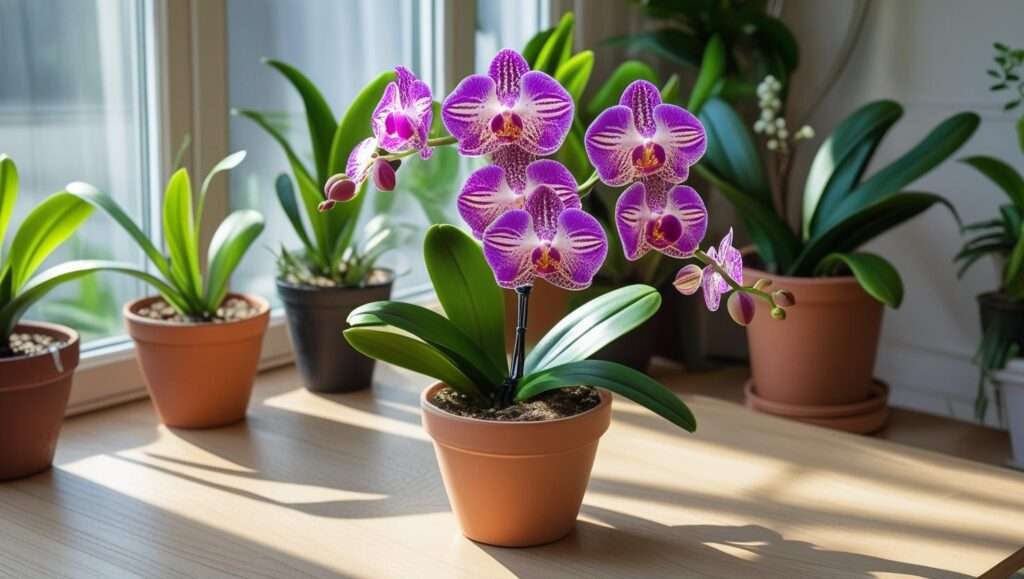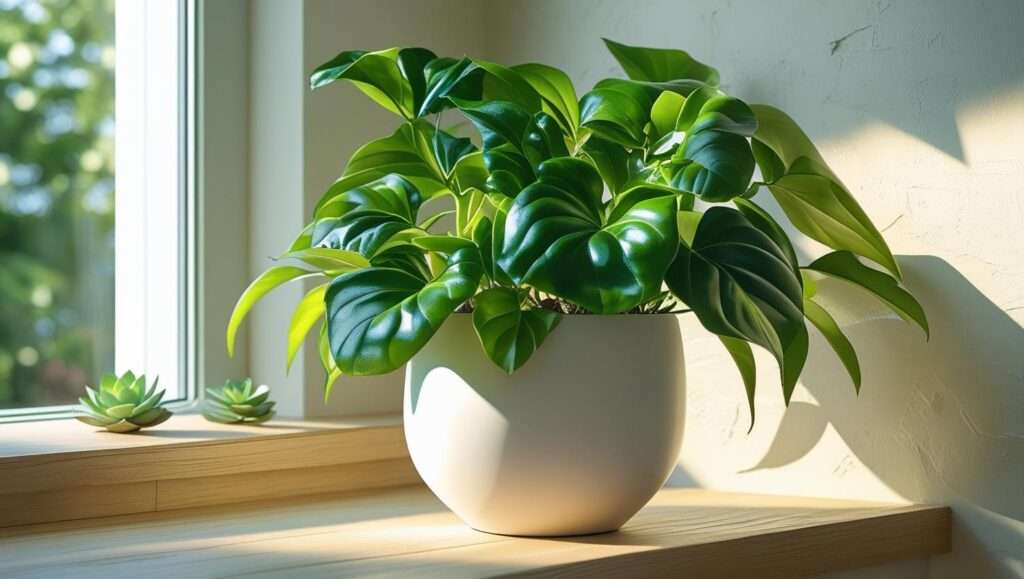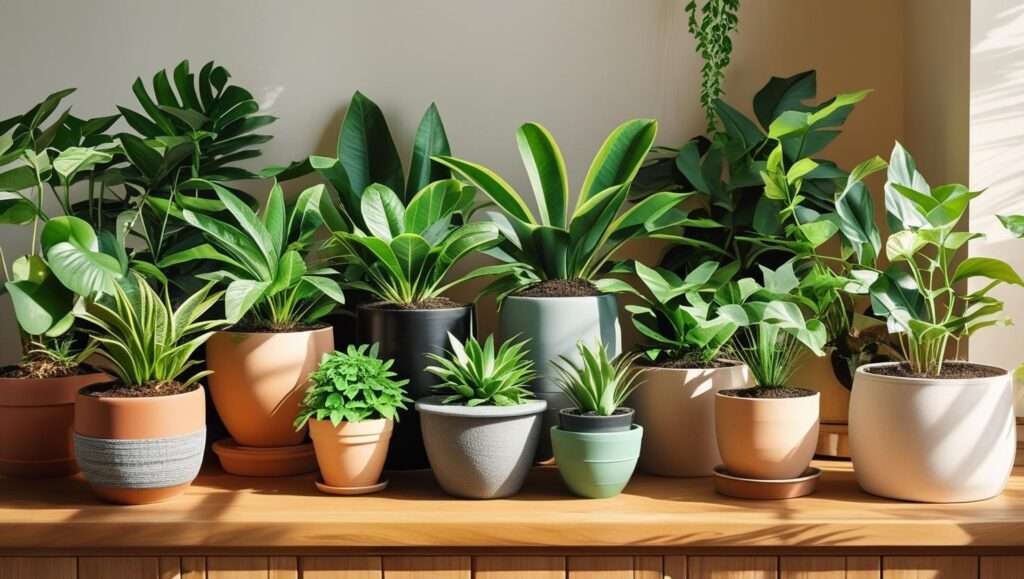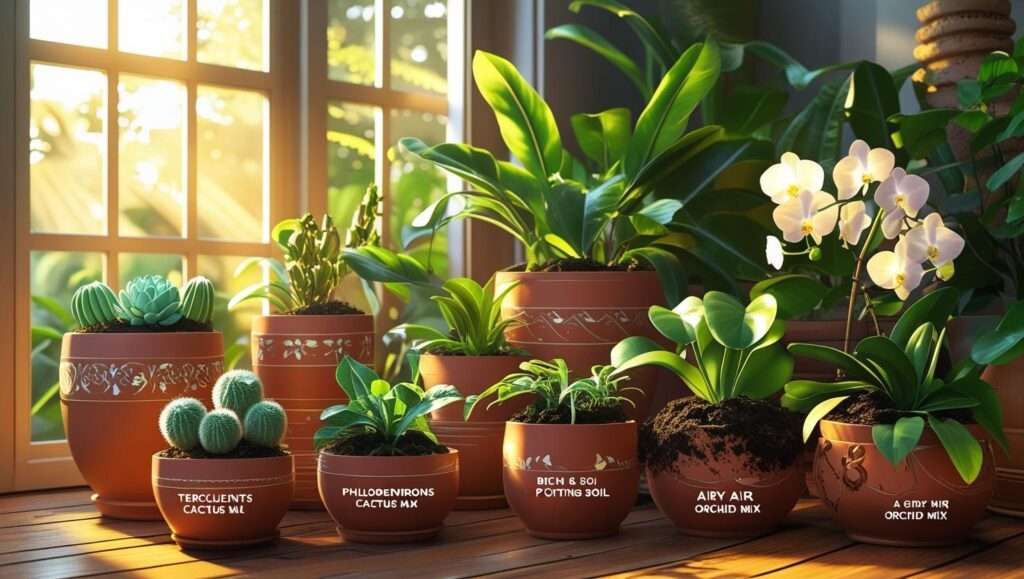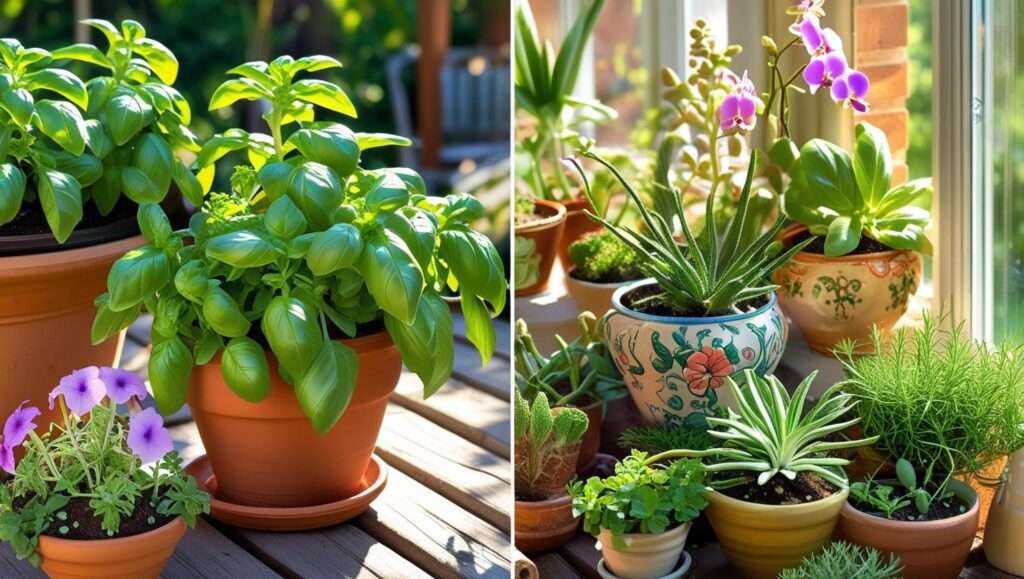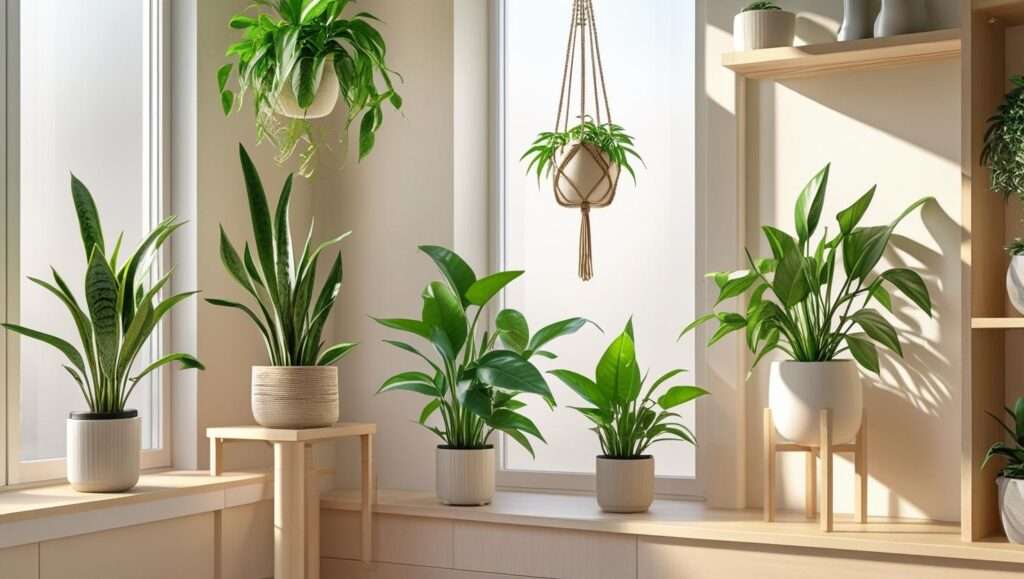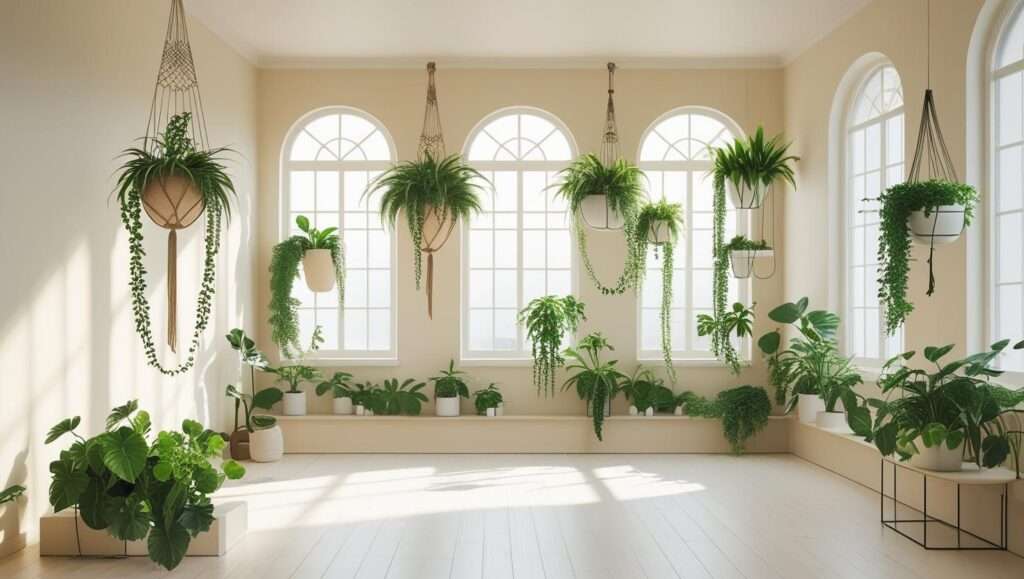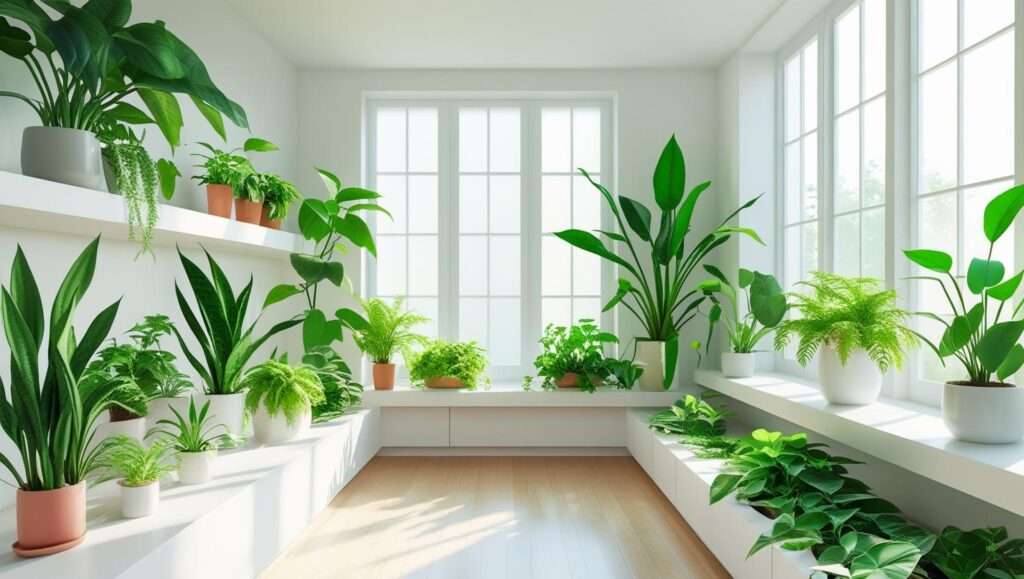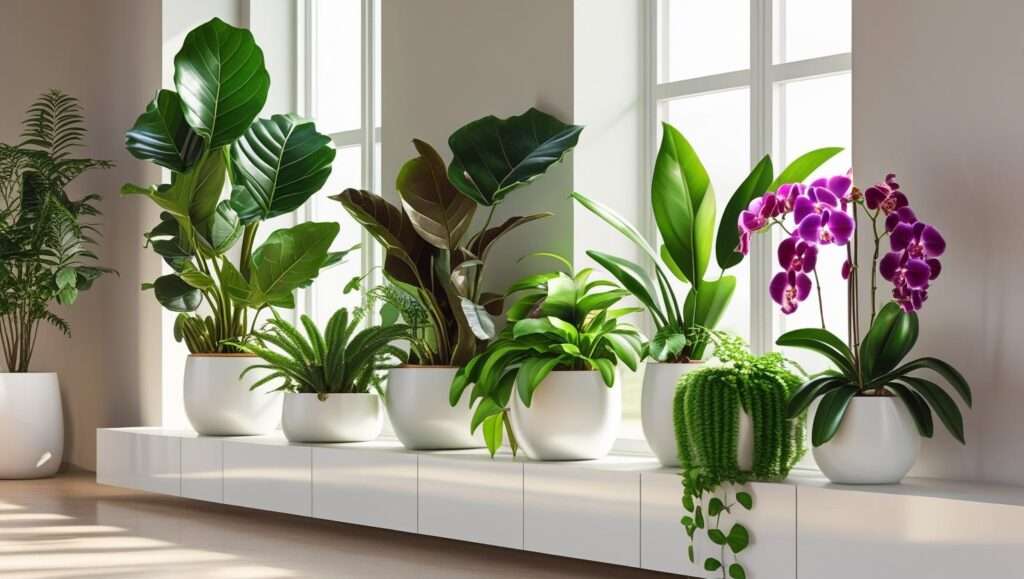Picture this: you bring home a vibrant, leafy plant, envisioning it as the centerpiece of your cozy living space, only to watch it droop, yellow, and wilt despite your best efforts. Sound familiar? Caring for live plants can feel like a puzzle, especially when your green friends refuse to thrive. Whether you’re a beginner or a seasoned gardener, avoiding common mistakes is key to transforming your home into a flourishing oasis. This comprehensive guide, backed by years of horticultural expertise and insights from plant care professionals, uncovers the top pitfalls that sabotage your live plants and provides actionable solutions to ensure they thrive. From watering woes to pest problems, we’ll empower you to nurture healthy, vibrant plants that elevate your home garden.
Why Caring for Live Plants Can Be Challenging

The Unique Needs of Live Plants
Live plants are as diverse as they are beautiful, from low-maintenance succulents to finicky ferns and blooming orchids. Each species has specific needs for water, light, soil, and humidity, and misunderstanding these requirements is a recipe for disaster. For example, a cactus thrives in dry conditions, while a peace lily craves consistent moisture. Ignoring these differences often leads to common errors like overwatering or poor light placement. By learning the unique needs of your houseplants, you can avoid the frustration of watching them struggle and instead enjoy a thriving indoor garden.
The Emotional and Financial Stakes
Plants are more than decor—they’re living companions that bring joy, reduce stress, and purify the air. Studies show that indoor plants can boost mood and productivity, making their loss emotionally and financially costly. Replacing a dead fiddle leaf fig or a prized monstera can set you back $50–$100 or more, not to mention the time invested in their care. Avoiding mistakes isn’t just about plant health; it’s about protecting your investment and fostering a rewarding gardening experience.
Expert Insight: “Every plant tells a story through its leaves and roots,” says Dr. Emily Carter, a horticulturist with over 20 years of experience. “Understanding their language—through signs like drooping or discoloration—helps gardeners avoid costly errors and build thriving home ecosystems.”
Mistake #1: Overwatering or Underwatering Your Plants
Signs You’re Watering Incorrectly
Watering is the most common area where gardeners stumble. Overwatering can lead to root rot, characterized by mushy roots and yellowing leaves, while underwatering causes dry, brittle foliage and stunted growth. For instance, a soggy pothos may develop black spots, while a neglected snake plant might have curled, shriveled leaves. Recognizing these signs early is crucial to saving your live plants from irreversible damage.
How to Water Live Plants Properly
Proper watering starts with understanding your plant’s needs. Check soil moisture by inserting your finger an inch deep—if it’s dry, it’s time to water; if it’s wet, wait. Use a moisture meter for precision, especially for sensitive plants like calatheas. Tailor your approach: cacti and succulents need infrequent, deep watering, while tropical plants like philodendrons prefer consistent moisture. Always use pots with drainage holes to prevent water buildup.
Tip: Create a watering schedule based on your plant’s species and seasonal changes. In winter, most plants need less water due to slower growth.
Example: Sarah, a new gardener, noticed her peace lily wilting despite frequent watering. After consulting a local nursery, she learned she was overwatering. By switching to a weekly schedule and ensuring proper drainage, her plant regained its lush, green vibrancy within weeks.
Mistake #2: Ignoring Light Requirements
Understanding Light Needs for Live Plants
Light is the lifeblood of photosynthesis, and getting it wrong can stunt your plants or cause them to wither. Low-light plants like pothos tolerate shade, while high-light plants like fiddle leaf figs demand bright, indirect sunlight. Misjudging light needs leads to issues like leggy growth (stems stretching toward light) or scorched leaves from too much direct sun. Understanding your plant’s light preferences is essential for healthy growth.
How to Assess and Adjust Light Conditions
Evaluate your home’s light by observing natural sunlight patterns. South-facing windows offer bright light, ideal for sun-loving plants, while north-facing ones suit low-light varieties. If natural light is limited, consider LED grow lights, which mimic sunlight without excessive heat. Rotate plants every few weeks to ensure even light exposure. A light meter app can help measure intensity, ensuring your live plants get the right amount of illumination.
Expert Insight: A 2023 study by the American Society for Horticultural Science found that improper light exposure reduces photosynthesis efficiency by up to 40%, underscoring the need for tailored light conditions.
Tip: Place light-sensitive plants like orchids near east-facing windows for gentle morning sun, and use sheer curtains to diffuse harsh afternoon rays.
Mistake #3: Using the Wrong Soil or Pot
Why Soil Type Matters

Soil is the foundation of plant health, affecting drainage, nutrient availability, and root development. Using heavy garden soil for indoor plants often leads to waterlogging, suffocating roots. For example, orchids require airy bark-based mixes, while succulents thrive in sandy, well-draining soil. Choosing the wrong soil can starve your live plants of oxygen and nutrients, leading to poor growth or death.
Choosing the Right Pot
Pot size and material are equally critical. A pot too small restricts root growth, while one too large retains excess moisture, risking rot. Terracotta pots promote drainage but dry out quickly, while plastic pots retain moisture longer. Ensure every pot has drainage holes to prevent water buildup. Repotting every 1–2 years refreshes soil nutrients and gives roots room to grow.
Example: When Mark’s fiddle leaf fig stopped growing, he discovered it was root-bound in a small, non-draining pot. Switching to a larger terracotta pot with a well-draining soil mix revitalized the plant within months.
Tip: For succulents, mix 50% potting soil with 50% perlite or sand for optimal drainage. For tropical plants, use a peat-based mix with added compost.
Mistake #4: Neglecting Humidity and Temperature
The Impact of Environmental Conditions
Many live plants, especially tropical varieties like monstera or calathea, thrive in humid environments (50–60% humidity). Low humidity, common in heated or air-conditioned homes, causes leaf curling or browning. Temperature swings also stress plants—most prefer a stable 65–75°F range. For instance, placing a fern near a drafty window or heater can trigger leaf drop. Understanding these environmental needs is key to preventing stress.
Creating an Ideal Environment
Boost humidity with pebble trays filled with water, grouping plants together, or using a humidifier for consistent moisture. Avoid placing plants near radiators or air vents. For temperature, keep tropical plants away from cold drafts and maintain stable conditions. Use a hygrometer to monitor humidity levels accurately.
Expert Insight: “Tropical plants evolved in humid, stable climates,” says Maria Lopez, a plant care specialist with the University of Florida’s Extension Service. “Replicating those conditions indoors is critical for their longevity.”
Mistake #5: Overfertilizing or Under fertilizing
The Risks of Improper Fertilization
Fertilizing live plants is a balancing act. Overfertilizing can burn roots, causing leaf tip browning or wilting, while under fertilizing leads to pale leaves, slow growth, or nutrient deficiencies. For example, too much nitrogen may produce lush foliage but weak stems, while insufficient potassium stunts flowering. Both extremes harm your plants’ long-term health, making it critical to understand their nutritional needs.
Best Practices for Fertilizing Live Plants
Fertilize during the growing season (spring and summer) when plants are actively developing. Use a balanced, water-soluble fertilizer (e.g., 10-10-10 or 20-20-20) diluted to half strength to avoid buildup. Apply every 4–6 weeks for most houseplants, but reduce or stop in fall and winter when growth slows. Organic options like compost tea or fish emulsion are gentler alternatives. Always water plants before fertilizing to prevent root burn.
Example: Jenna noticed her monstera’s leaves yellowing despite regular feeding. A soil test revealed excess fertilizer salts. Flushing the soil with water and switching to a monthly diluted feed restored the plant’s vibrancy.
Tip: For flowering plants like orchids, use a fertilizer with higher phosphorus (e.g., 10-30-20) to encourage blooms.
Mistake #6: Ignoring Pests and Diseases
Common Pests and Diseases in Live Plants
Pests like spider mites, aphids, and mealybugs can wreak havoc on live plants, often going unnoticed until damage is severe. Spider mites cause stippled leaves, while mealybugs leave white, cottony residue. Fungal diseases, such as powdery mildew or root rot, thrive in overly moist conditions. Ignoring early signs—like sticky leaves or wilting—can lead to infestations or plant death.
Prevention and Treatment Strategies
Prevent pests by inspecting new plants before bringing them home and quarantining them for 2–3 weeks. Regularly wipe leaves with a damp cloth to remove dust and potential pest eggs. For treatment, use neem oil or insecticidal soap, applying every 7–10 days until pests are gone. For fungal issues, improve air circulation and reduce watering. Remove affected leaves with sterilized scissors to prevent spread.
Expert Insight: The University of California’s Integrated Pest Management Program recommends early detection as the key to controlling plant pests, noting that 80% of infestations can be managed with non-chemical methods if caught early.
Tip: Spray plants with a mixture of 1 tsp neem oil, 1/2 tsp dish soap, and 1 quart water to deter pests naturally.
Mistake #7: Improper Pruning and Maintenance
Why Pruning Matters

Pruning isn’t just about aesthetics—it promotes healthy growth, removes dead or diseased parts, and prevents legginess. For example, trimming a pothos encourages bushier growth, while deadheading spent blooms on African violets stimulates new flowers. Many gardeners hesitate, fearing they’ll harm their live plants, but proper pruning enhances vigor and shape.
How to Prune and Maintain Live Plants
Use clean, sharp scissors or pruning shears to make precise cuts. For leafy plants, trim above a leaf node to encourage branching. Remove yellow or dead leaves promptly to prevent disease. Maintenance tasks include dusting leaves for better photosynthesis, rotating plants for even growth, and repotting every 1–2 years to refresh soil. Check for root health during repotting to catch issues early.
Example: Tom’s jade plant looked sparse until he pruned back leggy stems, cutting just above nodes. Within months, the plant grew fuller, transforming his windowsill display.
Tip: Sterilize pruning tools with rubbing alcohol to prevent spreading pathogens between plants.
How to Recover from These Mistakes
Diagnosing Plant Problems
Reviving struggling live plants starts with accurate diagnosis. Use this troubleshooting guide:
| Symptom | Possible Cause | Solution |
|---|---|---|
| Yellowing leaves | Overwatering, nutrient deficiency | Check soil moisture, adjust watering, fertilize |
| Wilting despite watering | Root rot, poor drainage | Repot with fresh soil, ensure drainage |
| Leggy growth | Insufficient light | Move to brighter location, use grow light |
| Brown leaf tips | Low humidity, overfertilizing | Increase humidity, flush soil, reduce fertilizer |
Observe your plant closely, checking leaves, stems, and soil for clues. A magnifying glass can help spot tiny pests.
Steps to Revive Struggling Plants
- Assess the Damage: Remove dead or damaged leaves and inspect roots for rot.
- Adjust Care: Correct watering, light, or humidity based on the diagnosis.
- Repot if Needed: Use fresh, well-draining soil and a properly sized pot.
- Monitor Progress: Track improvements over weeks, adjusting care as needed.
Expert Insight: “Plants are resilient if given the right conditions,” says Dr. James Wong, a botanist and author. “Patience and small, consistent changes can bring even ailing plants back to life.”
Proactive Tips for Thriving Live Plants
Building a Sustainable Care Routine
A consistent routine prevents mistakes and promotes healthy live plants. Create a weekly checklist:
- Monday: Check soil moisture and water as needed.
- Wednesday: Inspect for pests or disease.
- Friday: Rotate plants and dust leaves.
- Monthly: Fertilize and assess pot size.
Observe your plants regularly, noting changes in growth or color to catch issues early. Adjust care with seasons—less water and fertilizer in winter, more in spring.
Choosing the Right Plants for Your Space

Select plants that match your home’s conditions to minimize care challenges. Beginner-friendly options include:
- Snake Plant: Tolerates low light and infrequent watering.
- Pothos: Thrives in low to medium light, forgiving of neglect.
- ZZ Plant: Drought-tolerant and low-maintenance.
Match plants to your light and humidity levels. For example, place ferns in humid bathrooms and succulents on sunny windowsills.
Tip: Keep a plant care journal to track watering, fertilizing, and growth patterns, helping you refine your routine.
FAQs About Caring for Live Plants
Q1: How often should I water my live plants?
Watering frequency depends on the plant type, season, and environment. Succulents may need water every 2–3 weeks, while tropical plants like peace lilies require weekly watering. Check soil moisture before watering to avoid overdoing it.
Q2: What are the easiest live plants for beginners?
Snake plants, pothos, and ZZ plants are ideal for beginners due to their resilience and low care needs. They tolerate a range of light conditions and infrequent watering.
Q3: How can I tell if my plant is getting too much light?
Signs include scorched, brown, or crispy leaves. Move the plant to a spot with indirect light or use sheer curtains to diffuse sunlight.
Q4: Can I save a plant with root rot?
Yes, if caught early. Remove the plant from its pot, trim away black or mushy roots, and repot in fresh, well-draining soil. Reduce watering and ensure proper drainage.
Q5: How do I know if my plant needs repotting?
Look for roots growing out of drainage holes, slow growth, or soil that dries out quickly. Repot every 1–2 years or when roots become crowded.
Caring for live plants doesn’t have to be a guessing game. By avoiding common mistakes like overwatering, ignoring light needs, or neglecting pests, you can create a thriving home garden that brings joy and beauty to your space. Use the actionable tips and expert insights in this guide to build a sustainable plant care routine, diagnose issues early, and revive struggling plants. Start by assessing your plants today—check their soil, light, and humidity, and try one new tip from this article. Share your progress in the comments, and explore our related guides, like “Best Indoor Plants for Low Light” or “DIY Plant Care Hacks,” to keep your green journey growing strong.

